Battery Warning Light Came On: Don’t Panic — Here’s How Far You Can Really Drive
How many miles can a car go once the battery warning light turns on?
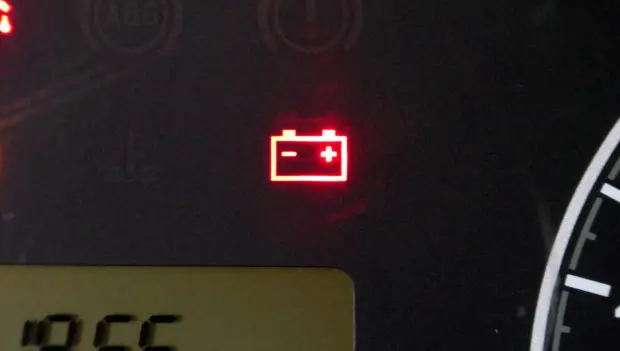
When the battery indicator lights up on your dashboard, it means your vehicle’s charging system has failed. At that point, the car relies solely on the battery’s stored energy. Naturally, the driver wonders: what should I do, and how much farther can I drive? Let’s break it down.
First off, if the battery light comes on while driving, it’s always a warning sign — but there’s no need to panic. The light indicates that the charging system is no longer functioning properly, most often due to issues with the alternator, its belt, a voltage regulator, or wiring. From that moment, the engine, lights, electronics, and other systems are powered exclusively by the battery, making time critical: how far can you get before the car shuts down?
In reality, the exact distance depends on several factors — the condition of the battery, its charge level, how many electrical systems are running, and even outside temperature. A new, fully charged battery can typically keep the engine and essential systems running for 30–60 minutes, which translates to about 25–30 miles.
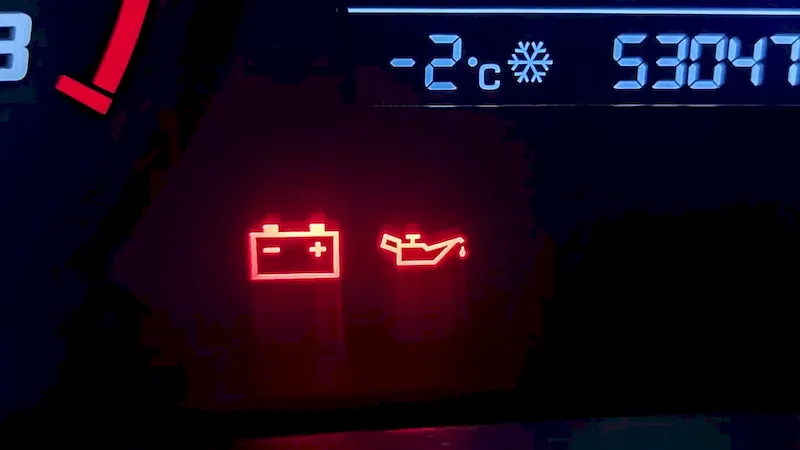
If the battery is weak or partially discharged, the car may die much sooner — sometimes within just 10–15 minutes. Remember: the fewer electrical consumers you have turned on, the longer the battery will last.
Essentially, the battery serves as an emergency power source, giving you enough time to reach a safe location or the nearest repair shop.
What affects how long a car can run without an alternator:
-
Battery condition and charge: The newer and stronger the battery, the longer it can power the systems.
-
Electrical load: Headlights, heater, A/C, defrosters, and seat warmers all drain the battery quickly. Turning off non-essential systems helps extend driving time.
-
Driving conditions and style: Stop-and-go traffic consumes more energy, while steady highway driving uses less.
-
Weather: Cold weather reduces battery capacity, meaning the car may stall sooner in winter.
On average, a car with a fully charged, healthy battery can cover up to 25 miles with careful energy use. But this is only an emergency reserve — not normal operating conditions. The best option is to head straight to a repair shop or safe place where technicians can diagnose and fix the charging system.
You may also be interested in the news:
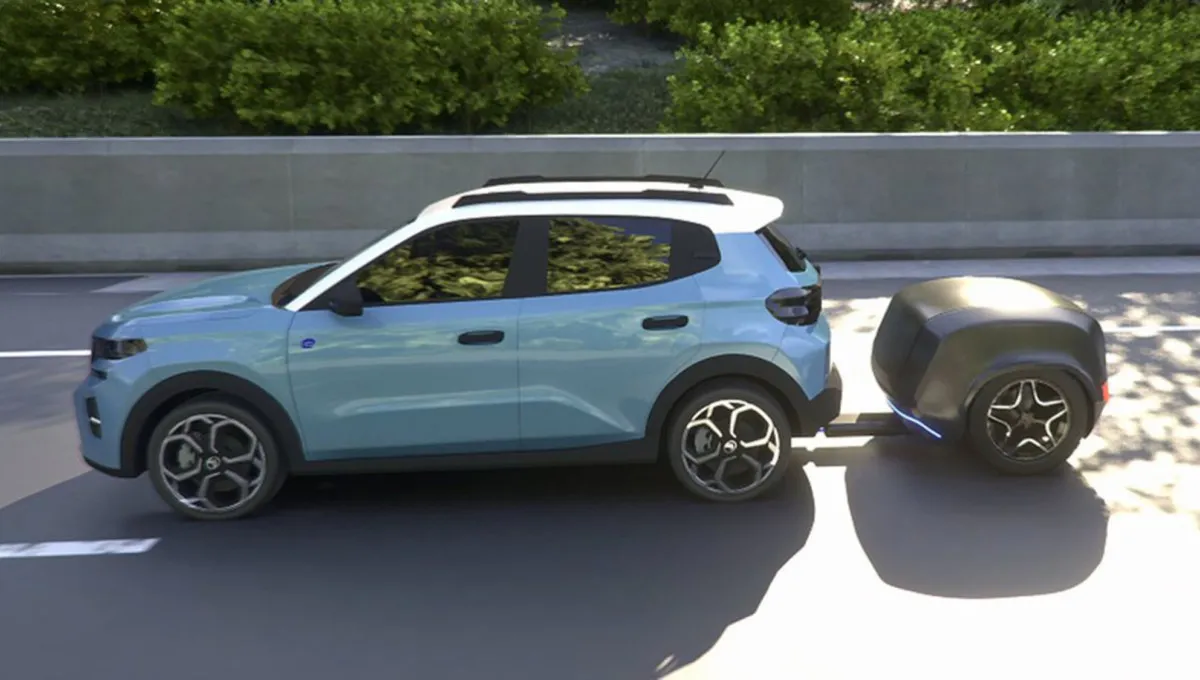
Two Minutes for an Extra 185 Miles. How’s That for a Power Bank on Wheels?
When your phone dies and there’s no outlet around, you plug in a power bank and keep going. So why not create something similar for electric cars?

If Zodiac Signs Were Cars: The All-Wheel-Drive Horoscope That’ll Take You Places
Or: Why This Horoscope Smells Like Gasoline, Personality, and a Little Bit of Therapy
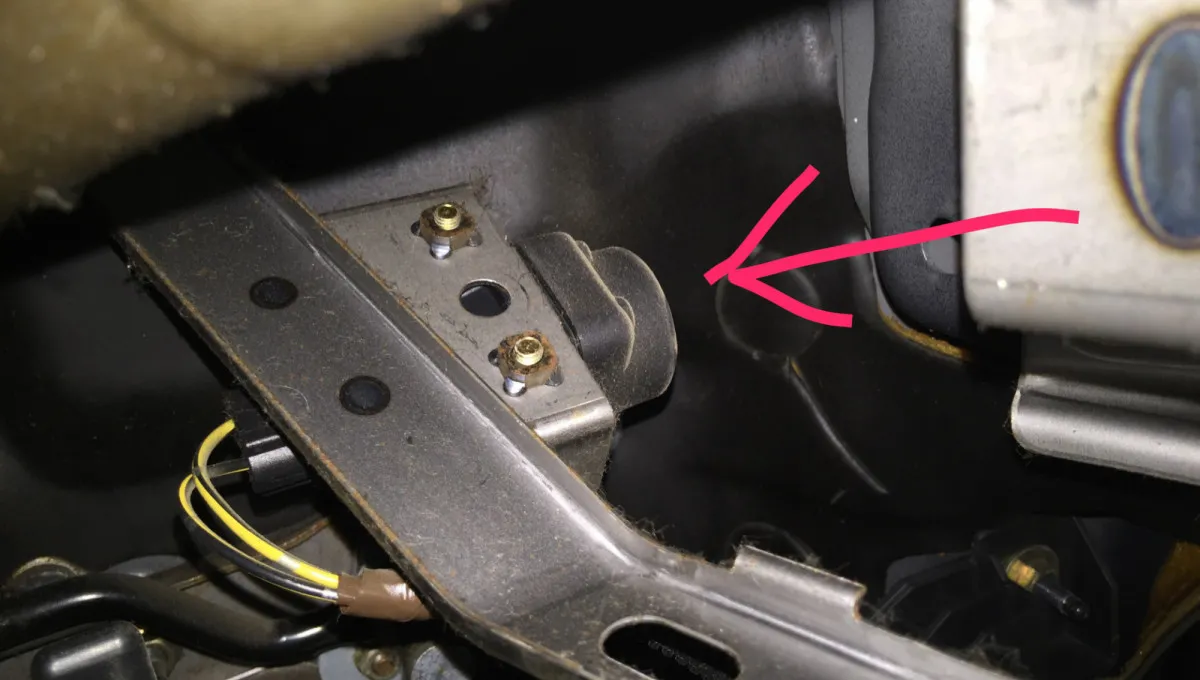
Mystery Button Hidden Under Most Car Dashboards — And Why So Many Drivers Don’t Know It Exists
Modern cars are packed with features and buttons whose purpose can be surprisingly hard to guess.
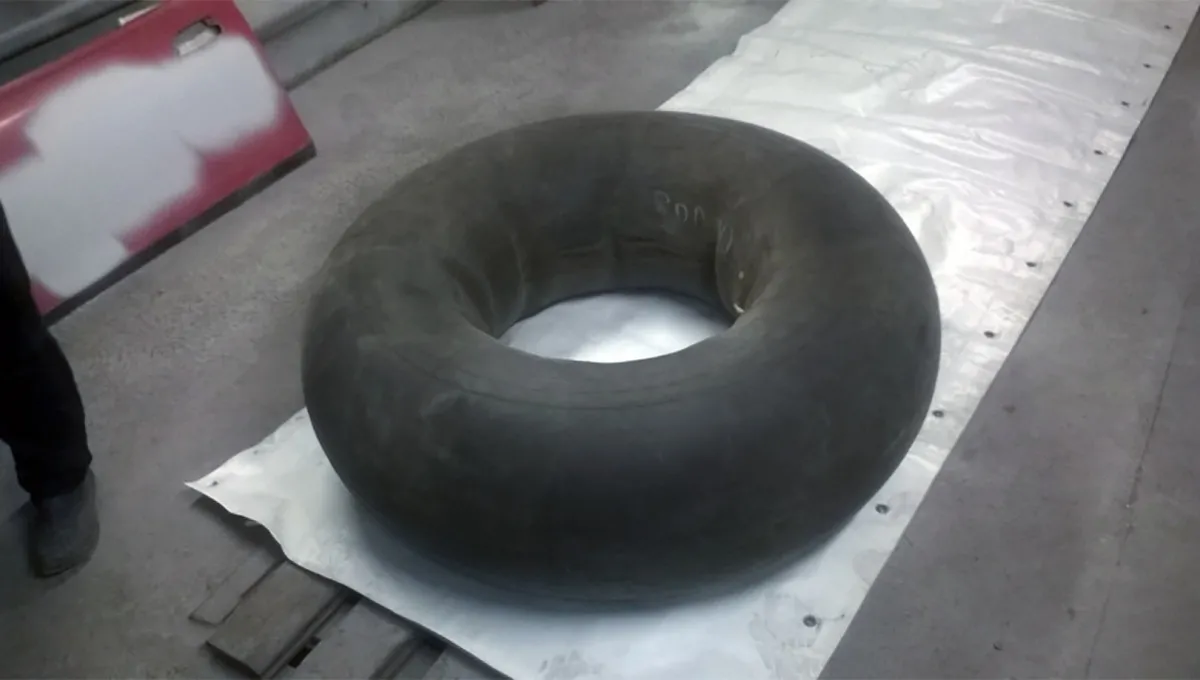
Why Automakers Ditched Inner Tubes for Tubeless Tires: Surprising History and Details
How tubeless tires reshaped road safety and comfort — unexpected facts revealed.

Shine and Glamour of Retro: Al Capone’s Legendary Cadillac
From the very beginning, Cadillac cars have been seen as a symbol of luxury.